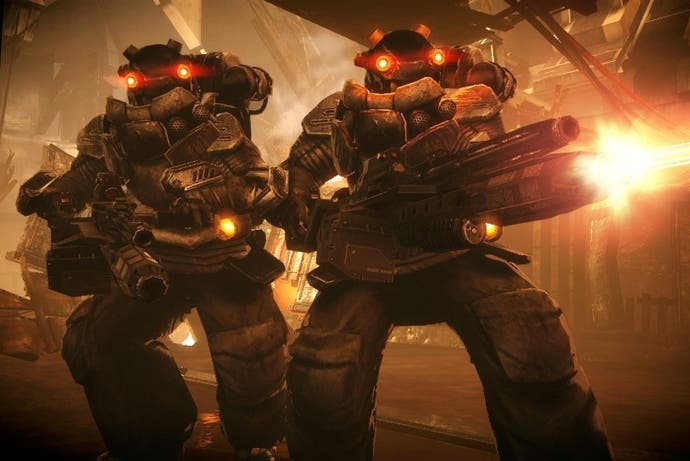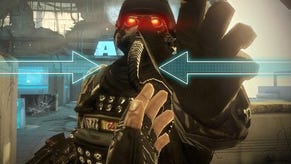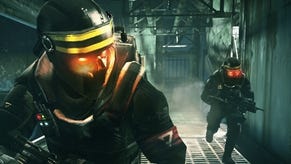Killzone: Mercenary review
One for the money.
Killzone: Mercenary is a game defined by its platform. Not in the sense that it makes such unique use of the Vita's features that it could only ever have worked on Sony's portable powerhouse, but because everything it gets right is sweetened by the addition of the phrase "but on a handheld" at the end.
The fifth entry in Guerilla's long-running dystopian FPS saga, and the first to be developed by the studio's Cambridge offshoot, it's a handsome and confident game that nevertheless loses some of Killzone's identity in the rush to accommodate current genre trends, and that stumbles slightly when adapting to the Vita's touchscreen and stumpy dual sticks.
It certainly looks lovely, translating the oppressive Killzone visual style and applying it to a much smaller screen while keeping most of the detail and texture you'd expect from the PlayStation 3 sequels. Nor does it skimp on features - everything you could do in a big boy console shooter, you can do in this one. That, however, is also part of the problem. Killzone 3 saw the series veering sharply in the direction of the FPS herd, and that drift towards generic continues here.
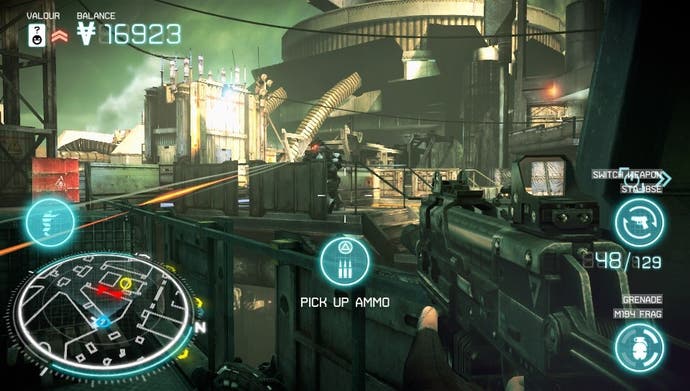
You'll whizz down zip wires and grab mounted guns just as enemies pour from the opposite side of stock arenas. There are escort missions and QTE-based stealth takedowns, where the only point of difference is that you're swiping the touchscreen instead of pressing buttons. And, of course, there's the obligatory section where you shoot a chaingun from a flying vehicle. As with the last PS3 instalment, there's a sense of a game with a distinctive identity being subsumed in genre expectations.
The big point of difference is that this time, as the title suggests, you're playing as a soldier of fortune in a prequel-esque tale that runs concurrent to the storylines of the earlier games. As Arran Danner, you're first hired by the ISA (the good guys) to do the dirty work leading up to all-out war with the Helghan (the bad guys). Just over halfway through, after a couple of muddled twists, you swap sides. If you were hoping to work both sides of the war, selling your skills to the highest bidder on a level by level basis, then you're out of luck. Danner's shift in allegiance is a scripted event that you have no control over, and nor does it change the game in any major way.
What does change the game, at least from previous Killzones, is the notion of being paid for your trouble. Every action earns you credits, with more skilful kills and impressive feats leading to a bigger payday. You can use this dynamic bank balance to unlock new weapons and equipment in the field, from black market crates that are liberally strewn about the place.
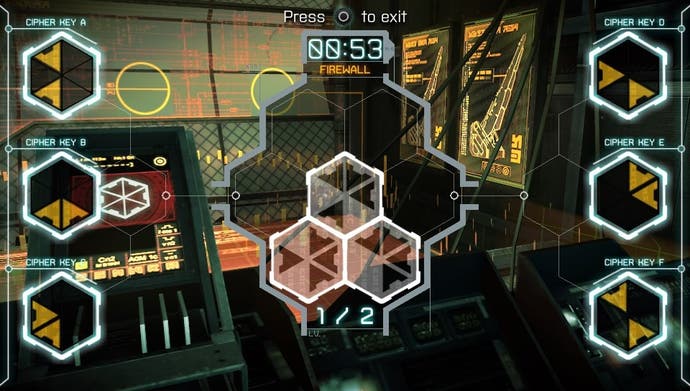
This freedom to pick and choose your own loadout on the fly is a definite break from tradition, though one that is less original when compared to the wider shooter market. It does at least mean that there's a subtle strategy at work as you progress through the game's nine missions. Each weapon is well balanced in terms of pros and cons, so there's no single perfect combination that will grease your way through each encounter. Being able to dip back into a chest to re-spec based on circumstances makes the game feel more alive than you might expect.
There's also a greater emphasis on stealth, with almost every new area offering opportunities to thin enemy numbers through takedowns, silenced headshots or special VAN-Guard abilities like a hovering drone that sneaks up on foes and crushes their head between two spikes. You can even subdue and interrogate senior ranking enemies, but much like the intel obtained from hacking terminals, it's rewarding because you managed to do it, not necessarily because it supplies a meaningful gameplay advantage.
Stealth has its limitations though. The game's AI isn't robust enough to make it anything more than an occasional gambit - worth trying when the opportunity arises, but swiftly abandoned once you fall foul of enemies that either have bewildering blind spots or supernatural senses. Once you're spotted, enemies generally swarm to your location and if you can bunker down in a corner, it's depressingly easy to polish most of them off by simply waiting for them to walk into your sights.
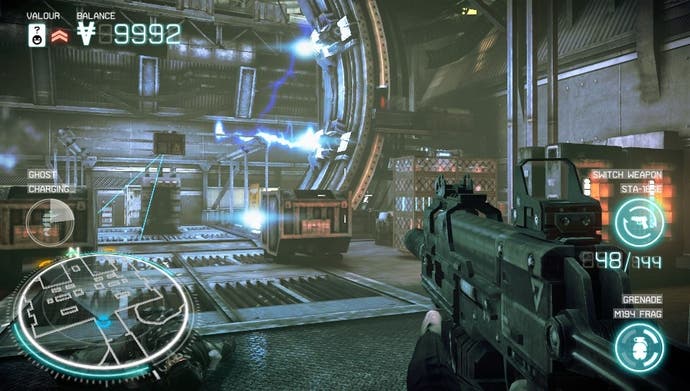
When such back-to-the-wall tactics aren't available, the game is much more interesting. If the enemies have one skill, it's flanking - and you'll often be caught out by the angles that leave you open. Equally, that same variety of routes through each stage means that there's at least an element of choice in how you proceed, even when that choice leads to the same fight from a slightly different angle.
It's the controls that take the most getting used to. Movement on the left stick is fast and surprisingly arcadey, given Killzone's heavyweight style. It's the camera on the right that never quite clicks - too sluggish on the X Axis, too slippery on the Y. It can be mastered, with practice, and the settings menu offers plenty of room to tweak, but finding the sweet spot on those little sticks takes time and patience. Even then, the game still throws up situations where Danner is neither quick nor nimble enough, leading to frustrating deaths.
That frustration is compounded by sometimes baffling checkpoints, which rarely occur where you'd expect in the rhythms of the game. Worse, those checkpoints aren't announced on-screen and aren't saved beyond the current play session. Yes, if you quit out mid-level, expect to replay the whole level when you continue later. Annoying.
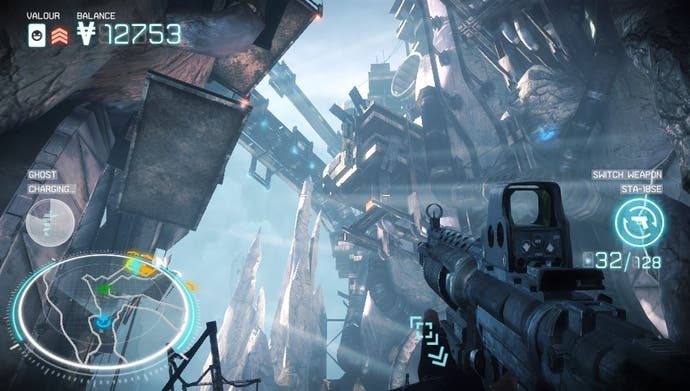
Multiplayer, meanwhile, takes a focused approach, offering three simple but effective modes. There's deathmatch, team deathmatch and a five-round objective-based Warzone mode. There are few surprises, but the maps are good and progression is tracked across both single-player and online, using a traditional ranking system along with a playing card based "valour" rating that rises or falls based on performance.
That slightly stiff movement is more of a problem here, particularly given that death comes a lot faster against human foes than AI, but the introduction of VAN-Guard equipment drops means that every player has the chance to play with something cool. It's tough, but there are plenty of ways for newcomers to get up to speed without being slaughtered.
Despite the addition of a second stick, the Vita has struggled to deliver an FPS experience worthy of note. Resistance: Burning Skies and Call of Duty: Black Ops Declassified were both turkeys, so the bar is pretty low. For all the small fumbles and compromises, Mercenary clears that bar with ease. A solid and visually impressive shooter, it never manages to feel essential - and clearly exists mostly because all first-party franchises are obliged to put in an appearance on a new console - but even as a relatively minor entry in its own series, it still sets a new benchmark for portable shooters.
